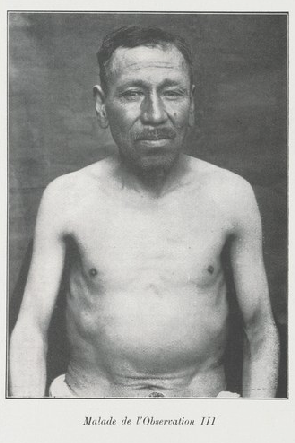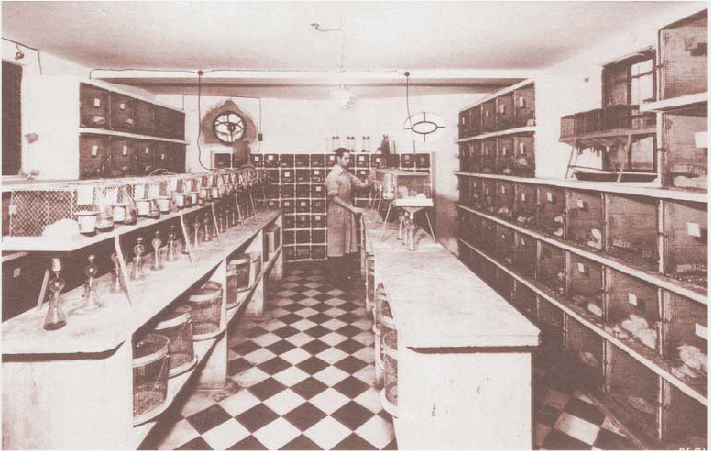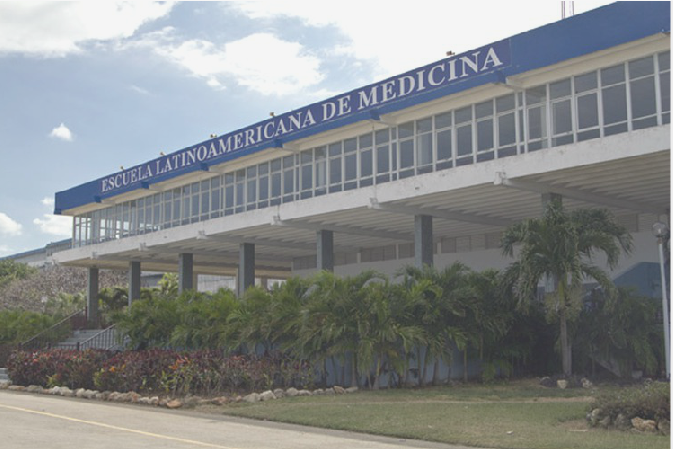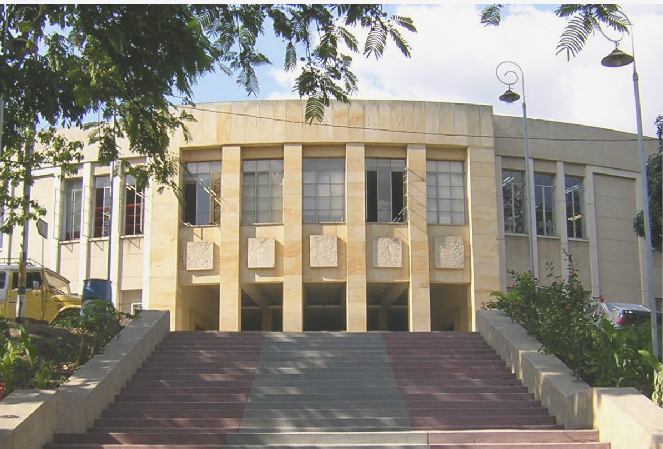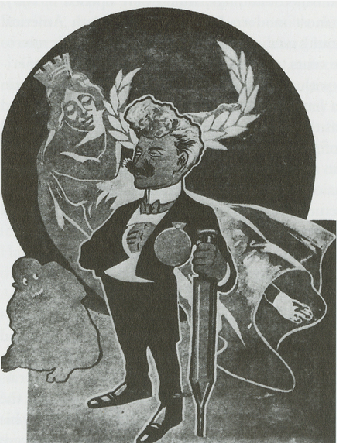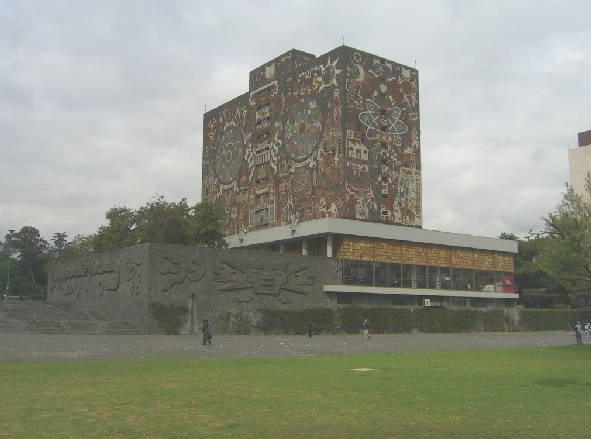Why is the list of countries renowned for their scientific advancements and achievements so short? Despite the racist theories of Social Darwinists and others, Western Europe, the United States, and Japan do not have a disproportionate number of natural-born geniuses compared to the rest of the world. They do, however, have very well developed infrastructures for the production and promulgation of scientific knowledge, systems that have proven decisive in their ability to dominate--politically, economically, and culturally--other nations. The conquests facilitated by these infrastructures allow these scientific hegemons to become even wealthier and invest further in scientific research and education while the people they exploit are usually left without the necessary resources to build adequate infrastructures of their own. Thus, as in many other aspects of colonialism (both political and economic), the rich get richer and develop even more advanced science while the subjugated nations fall further behind.
New scientific ideas can emerge Athena-like from the heads of brilliant women and men, but scientific research and development have come to rely largely on institutions with the funding, staff, and instruments necessary to conduct controlled experiments. Similarly, history has many examples of self-taught scientists (like Sor Juana), but the vast majority of successful chemists, engineers, and doctors have been trained in colleges and universities specializing in these fields. The challenges of developing a foundation for science without these centers of research and education are almost insurmountable.
Since the mid eighteenth century, though, countries throughout Latin America have struggled to overcome the manifold obstacles of creating a scientific tradition more or less ex nullius. Spain's Bourbon monarchs sought to revitalize their New World empire by instituting enlightened scientific practices and creoles in the early independence period hoped to build on this foundation. Their emphasis, though, was on creating centers for teaching applied science--also known as the useful arts-- and forsaking general research in the basic sciences.
In the late colonial era, European specialists and books taught how to use engineering, metallurgy, and botany to produce new sources of wealth. Spanish bureaucrats hoped that technical education would augment revenue from its colonies and invigorate its waning empire, yet creole elites soon began using their newfound knowledge of applied science in an effort to improve life in the colonies themselves. Throughout the nineteenth century, Latin America developed several institutions for disseminating the useful arts, such as Colombia's National School of Mines (seen in the sources), and applied knowledge has remained central to scientific education in Latin America.
It would not be until the late nineteenth century that Latin American countries began to make a concerted effort to develop centers of scientific research and universities focusing on research science. Many of the earliest efforts, like Brazil's Escola Tropicalista Bahiana and Costa Rica's Instituto Fisico-Geografico Nacional, failed due to lack of recognition or lack of funding but, by the 1930s, centers of scientific excellence had become established from Argentina to Mexico in an impressive variety of fields. In Brazil, the Oswaldo Cruz Institute fought epidemic diseases, the lab work of Argentine physiologist Bernardo Houssay earned him a Nobel Prize, and the University of Mexico became a national center of scientific research, education, and intellectual life in general. Latin American institutions have even been on the forefront of new scientific disciplines. Peruvian Carlos Monge-Medrano's work on the effects of high altitudes led to the foundation of the Instituto de Biologia y Patologia Andina and Cuba's cutting edge work in biotechnology has led to scores of new scientific centers on that island.
These Latin American institutions and scientists, however, are still inextricably tied to the world's scientific hegemons, especially the United States. Research centers like Houssay's Institute of Experimental Biology and Monge's Institute of Andean Biology were partially funded by U.S. philanthropic groups, especially the Rockefeller Foundation. According to historian Marcos Cueto, the RF was able to have a significant influence on how Latin Americans practiced science by providing U.S. equipment and, through fellowships, training many Latin American researchers in the U.S. and, thus, in U.S. lab styles. Furthermore, many of Latin America's most gifted and well educated scientists are being drawn to the U.S. by the promise of better laboratories and much higher funding. This "brain drain" is depriving Latin America of the experts needed to perpetuate a still-developing scientific infrastructure. Illustrative of this is that, with the exception of the Argentines Houssay and Leloir, all other Latin Americans to win Nobel Prizes in science worked in European or U.S. institutions.
Solid foundations in both the applied and basic sciences are necessary for a country to "modernize" and become more self-reliant. Yet this goal can be nearly impossible for developing nations. The economies of many Latin American countries are based on mono-crop agriculture, an unstable basis that cannot provide consistent funding for research and development. Without research, developing nations are forced to purchase advanced technologies from the very countries that have long exploited their material resources and, in so doing, are perpetuating the neocolonial relationships that slowed their development in the first place. High quality educational and research centers are necessary for Latin American science to dig out of this rut and to earn recognition among the scientific centers of the world.
Questions for further exploration:
- Consider any research center in the sources. What does it have in common with successful scientific institutions in the U.S.? What is different? And how do these factors effect how research is done there?
- Read the article by Carlos Monge-Medrano. How is his work, including results and methods, influenced by nationalism?
- Why have certain Latin American institutions continued to thrive while many others were short lived? Draw on as many examples from the sources as possible.
- Centers of scientific excellence are almost always involved with the basic, not applied, sciences. Consider some Latin American institutions specializing in the useful arts and argue whether they can or cannot be counted among Latin America's excellent scientific establishments.
- What criteria are used to judge "success" and "failure" for research institutions in developing countries? Do you think these criteria are appropriate?
Further reading:
Cueto, Marcos. "Labratory Styles and Argentine Physiology." Isis. 85 (1994): 228-246.
Cueto, Marcos. Excelencia cientifica en la periferia: actividades cientificas e investigacion biomedica en el Peru, 1890-1950. Lima: Concytec, 1989.
Fortes, Jacqueline and Larissa Lomintz. Becoming a Scientist in Mexico: the Challenge of Creating a Scientific Community in an Underdeveloped Country. University Park, PA: Penn State University Press, 1994.
Glick, Thomas F. "Establishing scientific disciplines in Latin America: genetics in Brazil, 1943-1960." in Mundializacion de la ciencia. pg. 363-375.
Murray, Pamela. Dreams of Development: Colombia's National School of Mines and its Engineers, 1887-1970. Tuscaloosa: the University of Alabama Press, 1997.
Safford, Frank. The Ideal of the Practical: Colombia's Struggle to Form a Technical Elite. Austin: University of Texas Press, 1976.
Schwartzman, Simon. A Space for Science: The Development of the Scientific Community in Brazil. University Park: Pennsylvania State University Press, 1991.
Vessuri, Hebe M.C. "The Search for a Scientific Community in Venezuela: From Isolation to Applied Research." Minerva. 22 (1984): 196-235.
Vessuri, Hebe. "Bitter Harvest: The Growth of a Scientific Community in Argentina." In J. Gaillard, V.V. Krishna and R. Waast (eds) Scientific Communities in the Developing World. Part 3: Scientific Communities in Latin America. pp. 307-335.
Vessuri, Hebe. "Science for the south in the south: exploring the role of local leadership as a catalyst of scientific development." In: Shinn, Terry ed. Science and Technology in a Developing World. Kluwer Academic Publishers, 1997. p. 299-321.
Stepan, Nancy Leys. Beginnings of Brazilian Science: Oswaldo Cruz, Medical Research and Policy, 1890-1920. Sagamore Beach, MA: Watson Publishing International, 1981.
Vessurri, Hebe. "Higher Education, Science and Engineering in Late 20th Century Latin America: Needs and Opportunities for Co-operation." European Journal of Education. 28: 1 (1993): 49-59.
